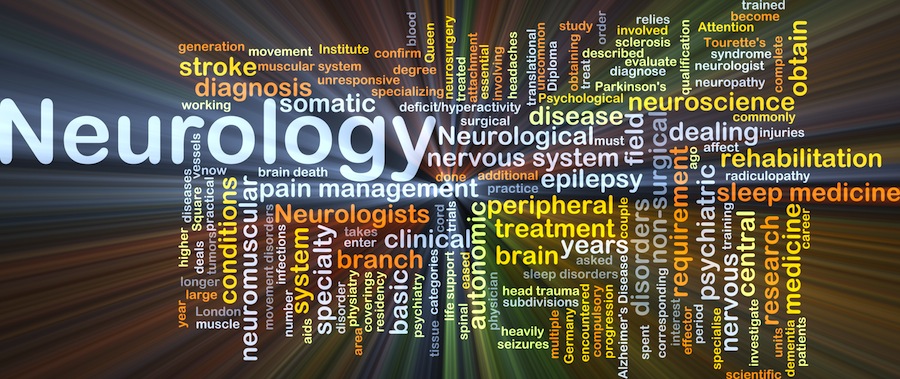
Understanding Dysautonomia: “That’s all there is to it.”
DYSAUTONOMIA
Dysautonomia is not a medical diagnosis but a general term used to describe any malfunction of the Autonomic Nervous System (ANS). The ANS controls
the functions of the body that are “automatic”. They are not under conscious control. The ANS is commonly known as that part of the nervous system responsible for the “fight or flight” response. It is much more complicated than that!
Some of the functions of the ANS
- Blood Pressure
- Heart Rate
- Breathing Rate
- Body Temperature
- Digestion
- Metabolism
- Production of body fluids such as sweat, saliva and tears
Some of the symptoms that patients with Dysautonomia may have are
- Dizziness
- Fainting
- Chest pain
- Fatigue
- Shortness of breath
- Racing heart with very little exertion
- Palpitations
- Abdominal complaints including nausea, abdominal bloating, constipation, diarrhea, delayed emptying of food from the stomach
- Migraine headaches
- Excessive sweating
There are known disorders that lead to malfunction of the ANS including but not limited to:
- Diabetes
- Amyloidosis
- Certain Cancer Treatment Drugs
- Medications
- Alcoholism
- Dopamine-beta-hydroxylase deficiency
- Sjogren’s Syndrome
- Parkinson’s Disease
- Radiation of the neck
- Spinal cord injury
- Familial Dysautonomia
- Multiple system atrophy (MSA)
- Pure autonomic failure (PAF)
- Antiphospholipid syndrome (APS)
There are also syndromes that tend to occur in greater frequency in patients with Dysautonomia when compared to the general population. Two such examples of this are:
- Ehlers-Danlos Syndrome
- Mast Cell Activation Syndrome
What kind of Dysautonomia do I have?
The classification of Dysautonomias is controversial at best. Many cases of Dysautonomia are idiopathic, meaning without any known cause. Even if there is a cause found, different people have different symptoms.
In my practice if I cannot identify a cause for the Dysautonomia, I proceed with management of the symptoms including lifestyle changes, supplements and medication, to improve the quality of life. Even when a cause is identified, much of the time I am left with the same approach, managing the symptoms to improve quality of life.
How is Dysautonomia diagnosed?
If Dysautonomia is suspected, the single most important diagnostic tool is a thorough history. There is nothing that takes the place of this critical and time-consuming first step. Other testing includes:
- Orthostatic Vital Signs: Blood pressure and pulse measured flat, seated and standing
- Valsalva maneuver
- Tilt Table Testing
- Sweat Test
- QSART: Quantitative Sudomotor Axon Reflex Test
This is not an all-inclusive list. There are also drug tests with measured responses, biochemical tests, antibody tests, neuroimaging tests, skin biopsies, and genetic testing. Very few facilities in the United States offer a comprehensive testing of autonomic function.
Why is it so hard to get a diagnosis?
Because Dysautonomia is a multidisciplinary problem and most physicians are trained in a single discipline, it is difficult to get an answer. Many people see a variety of physicians including cardiologists, gastroenterologists, rheumatologists, internists, psychiatrists, neurologists, pulmonologists, immunologist and ENT’s.
THE RIGHT DOCTOR. THE RIGHT DIAGNOSIS. THE RIGHT TREATMENT.
PAULA D. MOORE MD
